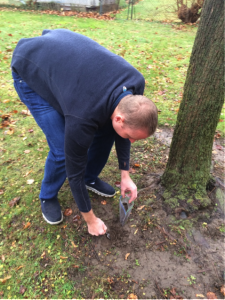Contributed by Carol Huang
The recent news about former president Jimmy Carter’s cancer has stopped spreading and is “responding well to treatment,” has drawn great attention to immunotherapy.
Carter, 91, announced in August that four spots of cancer, melanoma had spread to his brain. Then in early December he was told that recent tests have shown there is no evidence of new malignancy, and his original problem is responding well to treatment. Carter said he will continue taking his regular 3-week immunotherapy treatments of the cancer drug pembrolizuma, which has shown promise in the treatment of melanoma.
What is Immunotherapy? Immunotherapy is the treatment of disease by inducing, enhancing, or suppressing an immune response. Activation immunotherapies are to elicit or amplify an immune response; while suppression immunotherapies are to reduce or suppress immune response.
Activation cancer immunotherapy attempts to stimulate the immune system to reject and destroy tumors. Cell-based immunotherapies are proven to be effective for some cancers. Immune effector cells such as lymphocytes, macrophages, dendritic cells, natural killer cells (NK Cell), cytotoxic T lymphocytes (CTL), etc., work together to defend the body against cancer by targeting abnormal antigens expressed on the surface of the tumor due to mutation. Immune suppression dampens an abnormal immune response in autoimmune diseases or reduces a normal immune response to prevent rejection of transplanted organs or cells.
The key for Carter’s promising result is his body’s immune system, cancer cells are responding well to the treatment.

